Here’s a little secret I have discovered in my 20 years of being a therapist (as well as in my personal life:) everyone fights. Everyone.
The mark of a healthy relationship isn’t the absence of disagreement or conflict. The mark of a healthy relationship is handling disagreement and conflict well. Approaching it as a team. Fighting fairly. Focusing on repairing what has been ruptured. Apologizing and accepting apologies.
Do you want your relationship to reach the point where you can confidently say that you’re fighting PRODUCTIVELY instead of DESTRUCTIVELY? If so, take a look at the following two steps:
Step 1: Understand the 3 Rs.
Step 2: Memorize the 10 Fair Fighting Rules.
What Are The 3 Rs in Relationships?
The 3 Rs in relationships are:
- RUPTURE
- RECOVERY
- REPAIR
1. What is a relationship rupture after a fight?
A rupture is a conflict or a break in connection between people.
The “size” (small or large) of the rupture depends on the intensity, frequency, and duration of your fights:
- Intensity: how intense are your fights?
- healthy or small disagreements, or “spats”
- normal or regular arguments
- toxic or big “blow-ups,” incl. the “explosion” (aggressive) stage in the cycle of violence
- anywhere in between
- Frequency: how often do you fight?
- one-time
- regularly
- constantly
- anywhere in between
- Duration: how long do your fights typically last?
- minutes
- hours
- days
- anywhere in between

2. What is recovery after a relationship rupture?
Recovery is the length of time it takes people to “bounce back” after a rupture. The larger the rupture, the longer it may take to recover.
- How long does it take you to become emotionally regulated again?
- How long does it take you to process and integrate what occurred?
- How long does it take you to create a narrative of what happened that you can move forward with?
- How long does it take you to “forgive and forget”?
- How long does it take you to be able to transition from recovery to repair?
3. What is repair after a relationship recovery?
Relationship repair is restoring harmony or connection after recovery. The larger the rupture and the slower the recovery, the harder it may be to repair.
How to repair?
In-person or by writing
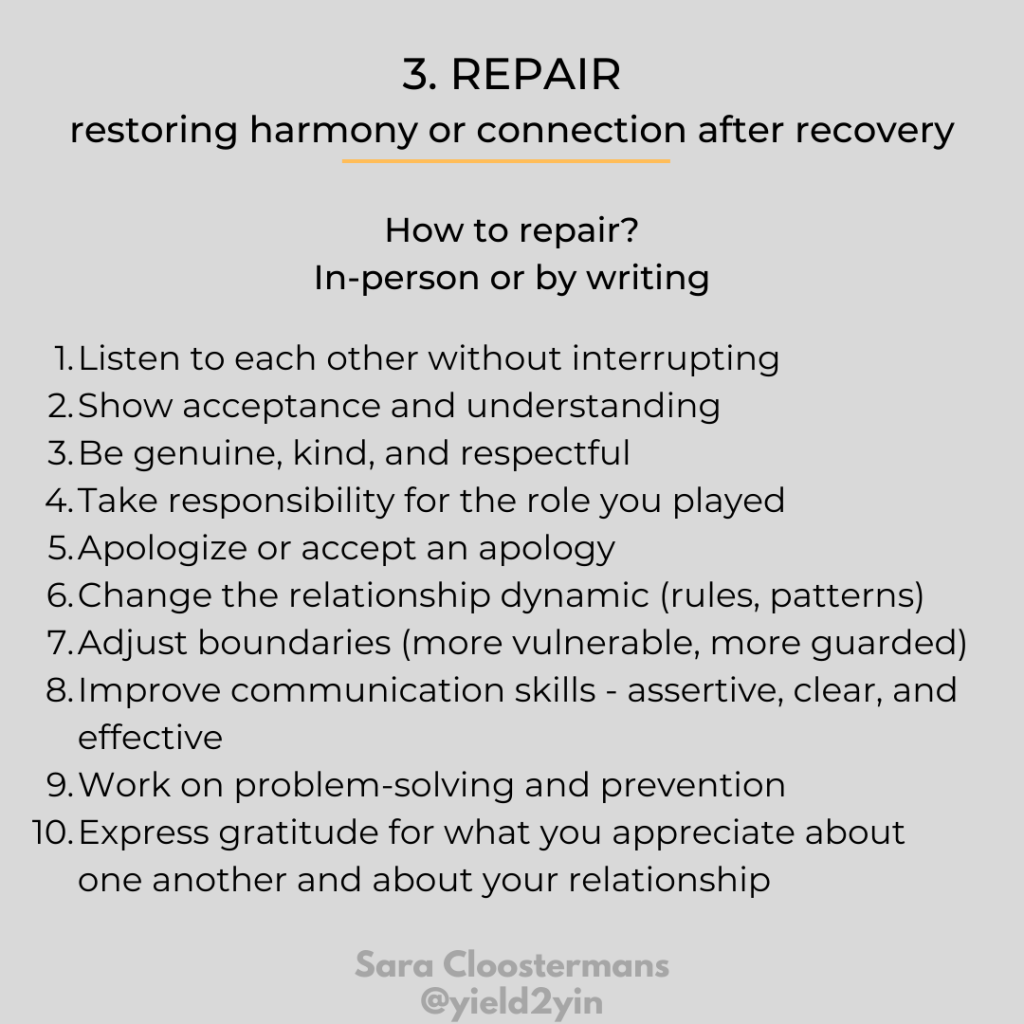
To repair or not repair?
The importance of a timely repair
If you sweep your issues under the rug, it’s not if, but when they will eventually resurface. Why risk waiting too long to do the work? It just leads to more pent-up anger and resentment. Eventually, unaddressed past relationship trauma causes contempt in your relationship, or worse, complete indifference.
Don’t stall and stew.
Be better, not bitter.
Do.The.Relationship.Repair.NOW.
Sara Cloostermans

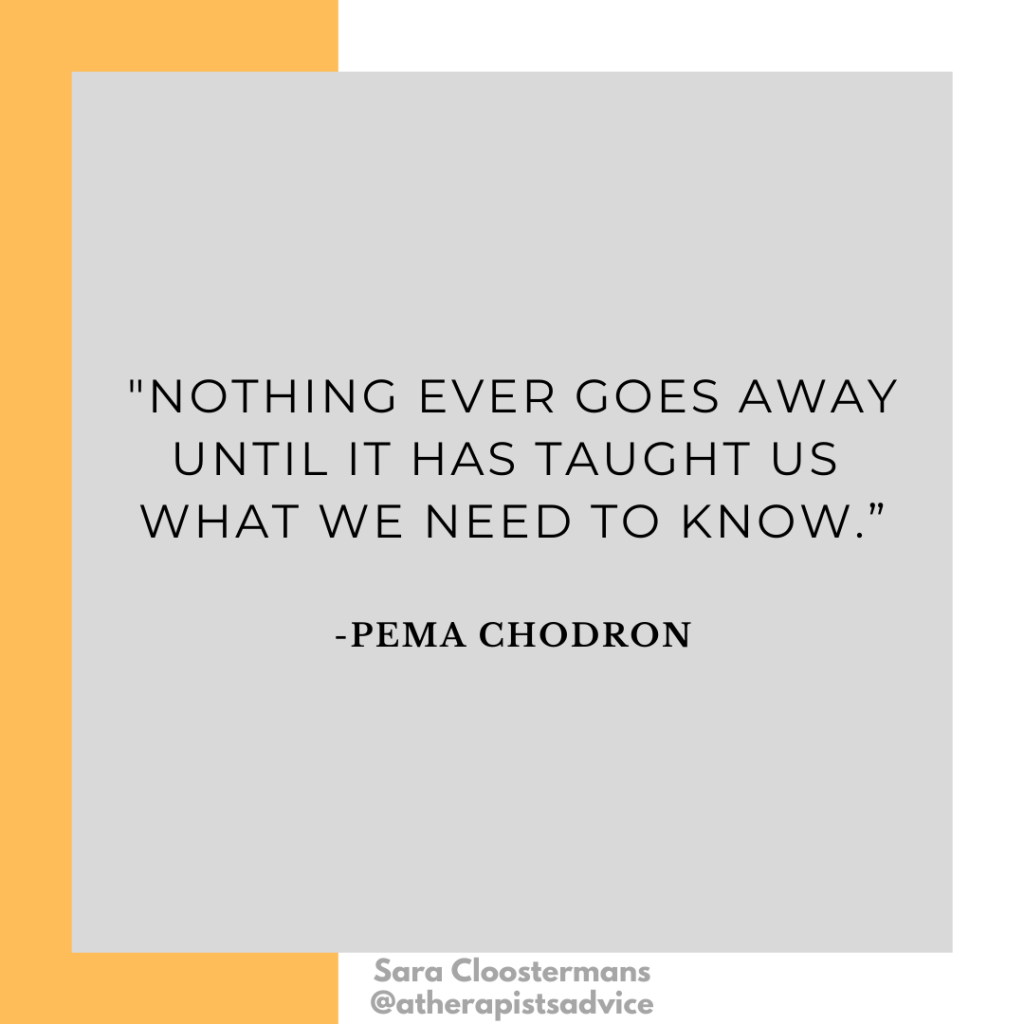
Not all relationships are worth saving
Not every relationship should be repaired; it’s perfectly OK to not forgive and forget, and to cut someone off completely depending on the level of chronic stress or trauma they’ve caused and are currently still causing in your life.
You may not want to forget, but it may be in your best interest to forgive – it frees you from the negative (or even toxic) power the person who hurt you held over you.
If repair, when?
The sooner, the better!
- as soon as you have both calmed down and returned to a state of emotional balance
- ideally, by the end of the day of the rupture
- If not, the very next day after the rupture
Conclusion: shoot for “quick recovery” (more likely to happen in healthy relationships).
What Are The 10 Fair Fighting Rules?
1. Make “I statements” and add a feeling; keep the statements specific
Make “I statements” when it’s your turn to talk and add a feeling. Keep the statements specific to the issue at hand.
Example: “I feel nervous when you spend money on things we haven’t budgeted for; I feel like I’m going to have to work forever and die behind my desk.”
2. Actively listen and then validate (paraphrase) without adding an interpretation or a judgment
Actively listen to your partner without interrupting. Pay close attention to what your partner is sharing and then validate (paraphrase): repeat back what you heard without adding an interpretation or a judgment. Feel free to add a clarifying question, such as “Did I get that right?” after paraphrasing what your partner just told you. Give them the opportunity to either confirm or clear up. This shows that you’re genuinely curious and care about their inner world.
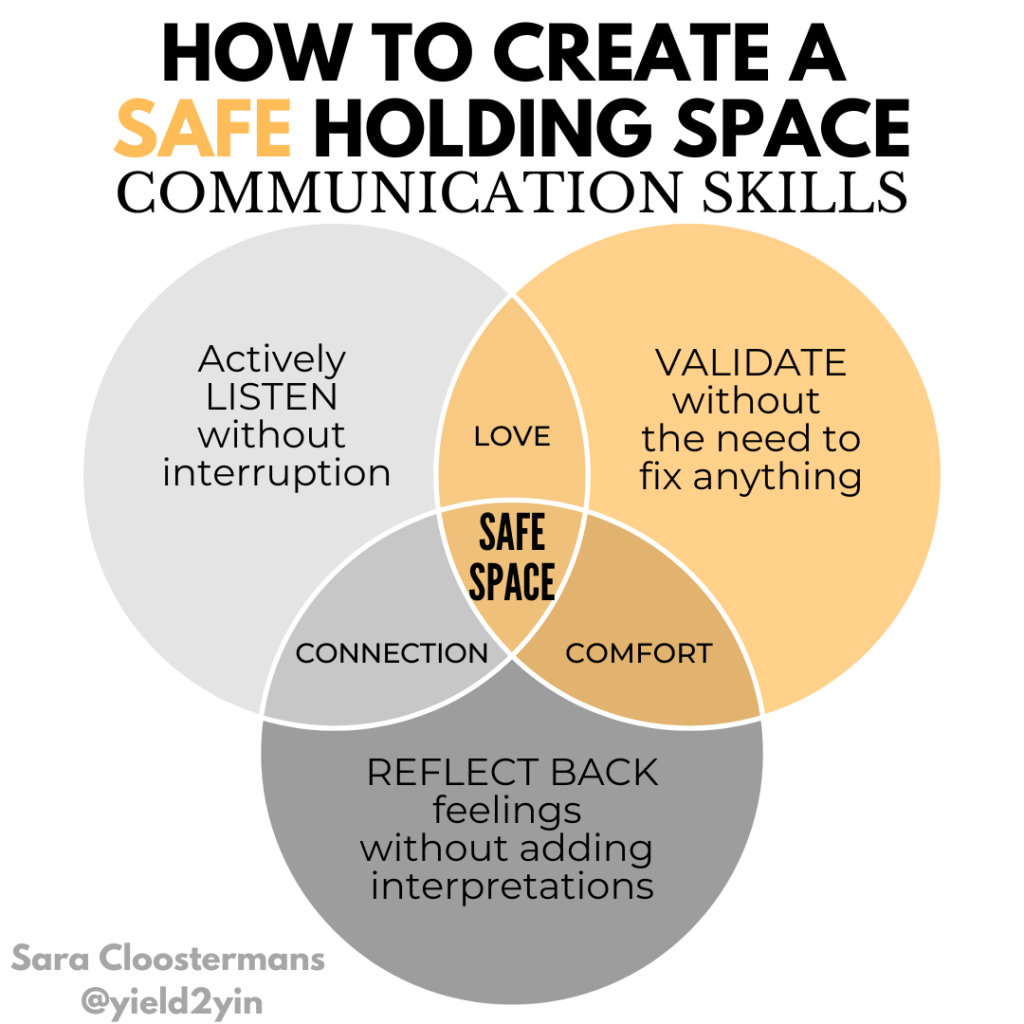
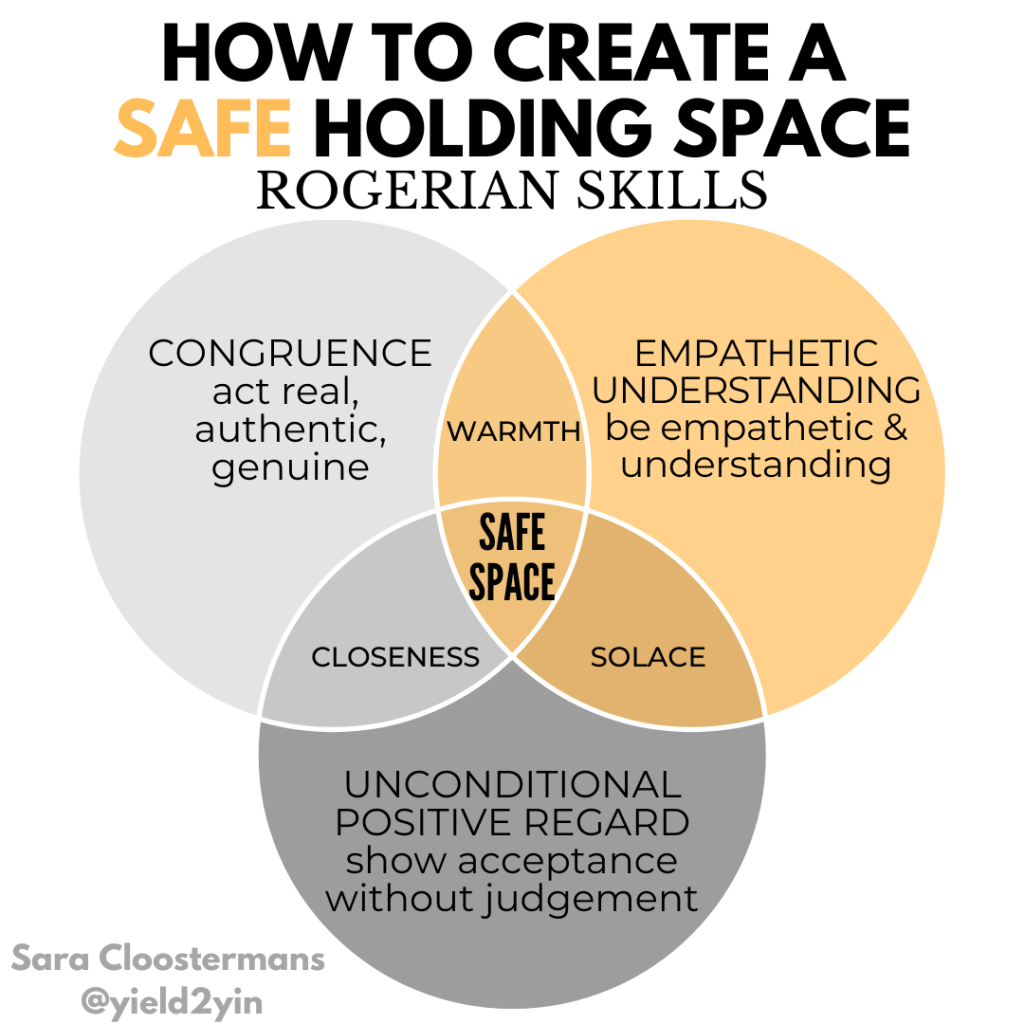
What does it mean to “actively listen”?
You show your partner that you’re actively listening through both your verbal and non-verbal communication; an occasional “um-hum,” a nod or head shake, appropriate eye contact, and an open posture are all indicators that you are attentive and attuned.
The first duty of love is to listen.
Paul Tillich
What does it mean to “validate” someone?
You validate your partner by paraphrasing —restating the information they’ve shared with you. Of course, don’t repeat back what they’ve just told you word-for-word. Instead, summarize what they said using slightly different wording.
By doing that, you basically show acceptance and understanding of their thoughts, beliefs, and experiences, even though you may not agree with them. The goal is not to prove your partner wrong. The goal, at this time, is for your partner to feel seen and heard.
Example: “You feel we aren’t saving enough for retirement, so when I buy these things, you see them as more days you have to work in the future. Is that right?”
3. Reflect feelings; practice empathy
Reflect your partner’s feelings – validate your partner’s feelings by restating the feelings that your partner says they’re experiencing (again, even if you don’t agree with them). Don’t share your own feelings at this time; practice empathy.
What does it mean to reflect someone’s feelings?
Reflecting back feelings is similar to paraphrasing, but includes a feeling. This is either an obvious feeling you picked up on or the repetition of feeling words that your partner expressed out loud.
Example: “You’re feeling financially insecure and worry about not being able to enjoy a financially comfortable retirement at a reasonable age someday.”
What does it mean to practice empathy?
Practicing empathy is putting yourself in someone else’s shoes, so you can better understand their feelings from their perspective, rather than feel them from your own perspective, which is practicing sympathy. Trying to understand someone’s feelings (empathy) is preferable to feeling someone’s feelings (sympathy) because with sympathy, you risk ending up feeling as dysregulated as the person you’re trying to hold emotional space for. In that case, you now have two dysregulated people, which does not lead you to where you want to go, which is to a quick recovery and a full repair.
Example: “You worry about our finances because, growing up, your mom was an impulsive buyer, and your dad could not keep up with her crazy spending habits; you feel that this same pattern could play out in our marriage even though we are very different people who have very different relationships with money.”
This last example also includes an interpretation. In psychotherapy, an interpretation is “a meaningful statement about a deeper underlying feeling, behavior, or issue”.
4. Use a neutral tone of voice, don’t criticize, and avoid using the words “never” and “always”
Use a neutral tone of voice, don’t criticize, incl. no name-calling, and avoid using the words “never” and “always”. If you yell, attack, and overgeneralize, your partner will automatically become defensive, and will be unable (and unwilling) to meet your emotional needs. So, use assertive, clear, and effective communication; be genuine, kind, and respectful.
5. Never use the “D word” (divorce); it leads to disconnect and insecurity
Never (yes “never” 😉) use the “D word” (divorce) or threaten to leave the relationship permanently unless you’re 100% sure that you’re indeed ending the relationship. A false divorce threat creates an intense relationship rupture that is much harder to recover from and repair. It leads to an increase in disconnect and insecurity (due to relationship instability), which is the exact opposite of what you’re trying to accomplish (deepening the connection and safety in your relationship).
6. Walk away to calm down, and after “recovery”, redress the issue
If a fight escalates, walk away, and take time to calm down. And after “recovery,” (when both your partner and you feel emotionally regulated again), redress the issue. Ideally, do so by the end of the day, or the next day, at the very latest.
Example: “I’m going to take the dog for a walk around the block to help me calm down. When I return, we can pick up where we left off, but hopefully, at that point, with a wise mind.”
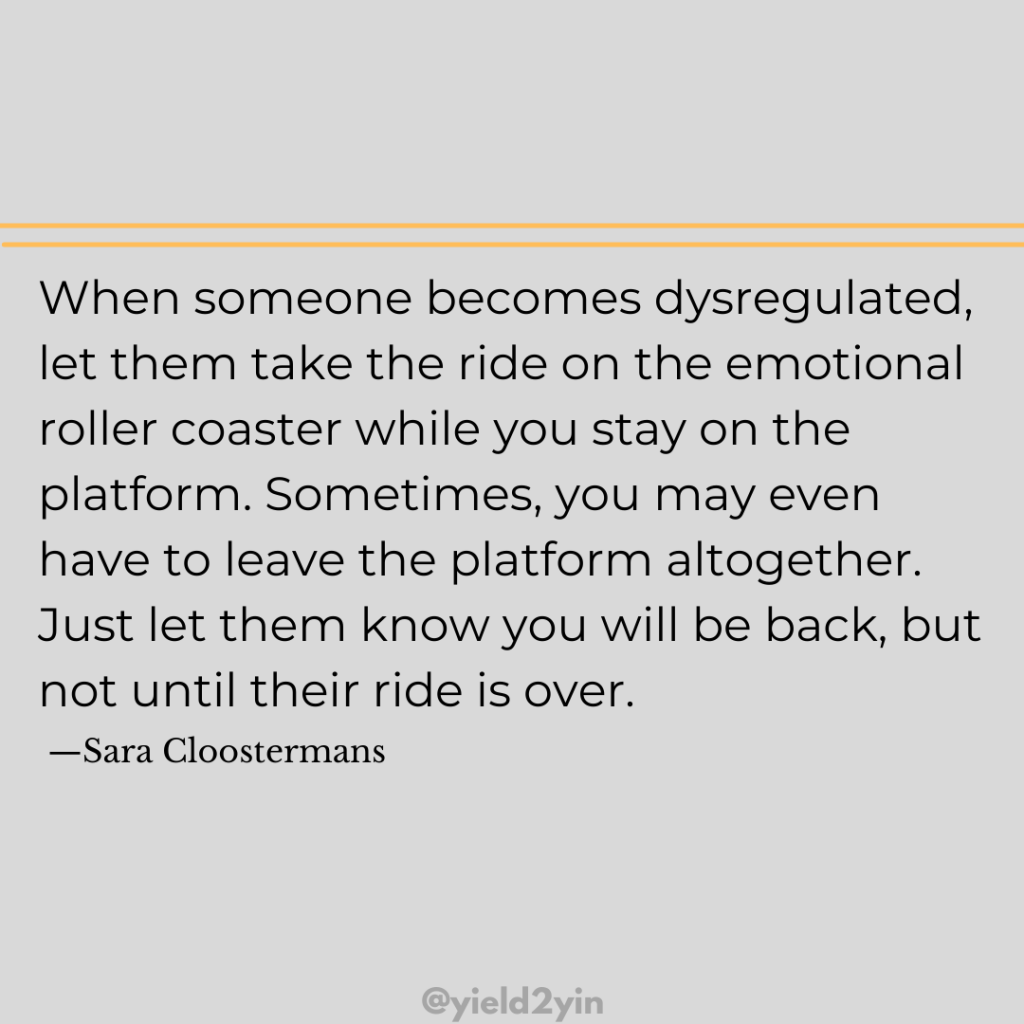

7. Repair – prevent by focusing on solutions; give affirmations / safety statements
After recovery, during relationship repair, talk about how to prevent the same issues from happening again in the future by focusing on solutions. Give each other affirmations, which also serve as safety statements – specific and genuine praises about what you like about your partner or about the things that work well in your relationship.
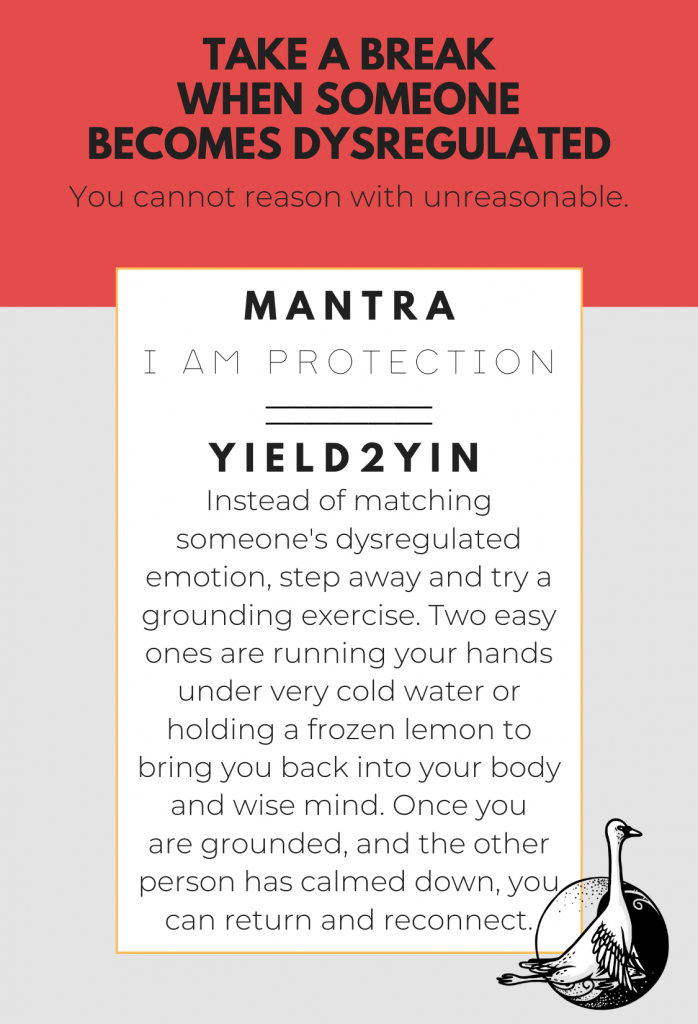

Buy the full “A Therapist’s Advice 55-card healing deck” on AMAZON here!
8. Compromise and tolerate imperfect solutions
Remember that it’s typically not about one partner being right and the other wrong, but instead, it’s about two people seeing things through an entirely different lens. Meet each other somewhere in the middle, even though it may not seem like the “perfect” solution to either one of you. Learn to compromise and tolerate imperfect solutions. This dialectical approach involves adjusting relationship boundaries, rules, and patterns.
9. Take responsibility without blaming; apologize, or accept an apology
Take responsibility for the part you played in the disagreement without blaming. If warranted, apologize, or accept an apology. Be sincere and omit “Ifs” and “Buts”.
Example: “I can see how these extra purchases I made, without checking with you first, feel like they’re getting in the way of where you want us to be financially, now and in the future.”
10.You are on the same team; conflict resolution is worth your time and effort!
Remind each other that you are on the same team, even though during a fight, it may feel like you’re on opposite sides facing the enemy. Conflict resolution may not be easy, but it’s worth your time and effort. Practice daily intentionality and mindfulness as you choose to walk ALONGSIDE (not opposite sides of) your partner. With a “We’re in this together!” or “We got this!” attitude, step out in this beautiful, yet messy world TOGETHER, with honesty, openness, respect, and trust.
How Do We Resolve Conflict Once We’re Ready for Repair?
Well, you try to implement the “10 fair fighting rules” mentioned earlier in the blog, but depending on the issues at hand, you may not always have the desired outcome. I’m aware that it may not be possible for you to work through your deeper issues without some type of intervention, such as couples counseling.
The childhood wounds that you’ve brought into your relationship can be so complex and painful that you need professional help, and that’s perfectly normal and OK. Yet, I’m also aware that not everyone has the resources (time and money) to go this route, so here are some suggestions for how to set up a free weekly at-home couple’s session without a therapist present:
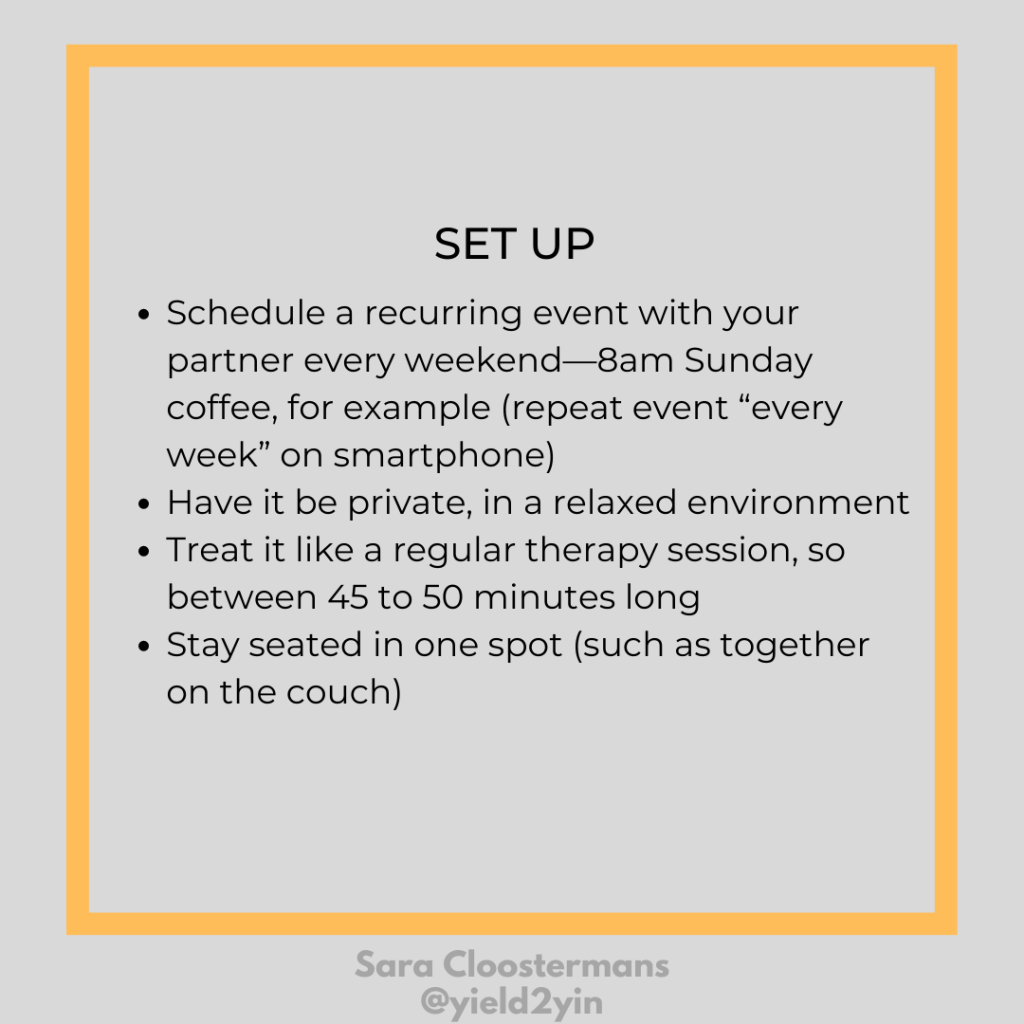
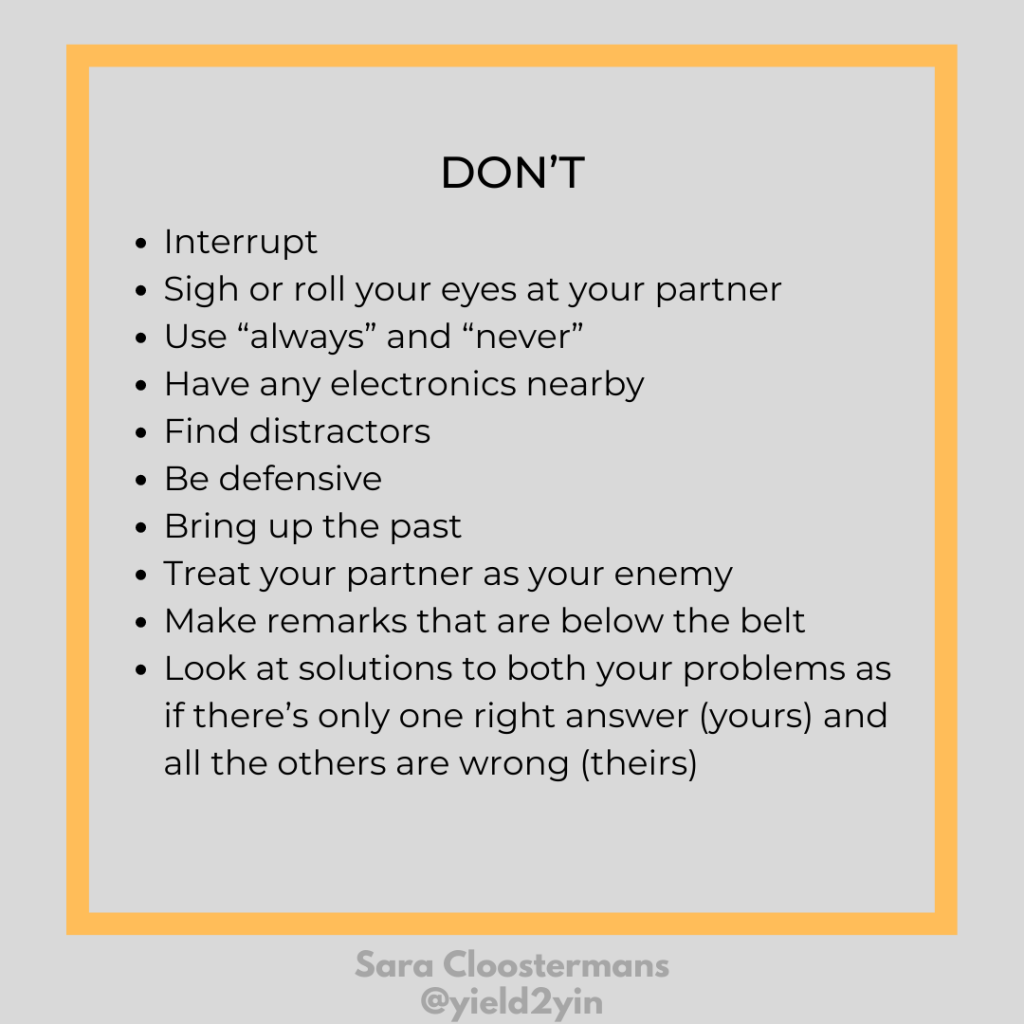

You know, in the article “Good genes are nice, but joy is better by Liz Mineo,” The Harvard Gazette Health and Medicine, published an eight-decades-long study on what made people live longer. It wasn’t diet. It wasn’t exercise. It was “relationships, relationships, relationships.”
Remember that a positive relationship has nothing to do with pasting a smile on your face and pretending everything is perfect when it isn’t.
Positive relationships accept all this messy, hard work of being an authentic human with unique needs and wants to mesh together with another human being with very different needs and wants. They know understanding the 3 Rs and fighting fairly is worth your time and effort!
Yield2Yin
- Healing Card Deck: A Therapist’s Advice 55-Card Healing Deck by Sara Cloostermans
- Book Recommendation: Love More, Fight Less: Communication Skills Every Couple Needs: A Relationship Workbook for Couples by Gina Senarighi,PhD, CPC
- Mantra: I AM REPAIR // with diaphragmatic breathing
- Yin Yoga Asana: Reclining Twist







